What Is Digital Printing on Fabric?
2023-12-26 16:02
Digital printing on fabric is like using an inkjet printer at home, but it’s more complex. Now more and more clothing manufacturers are beginning to use digital textile printers to obtain more efficient and flexible fabric printing methods. So what is digital printing on fabric? What are its benefits? Next, we will discuss these issues and give you a comprehensive understanding of digital printing on fabric.
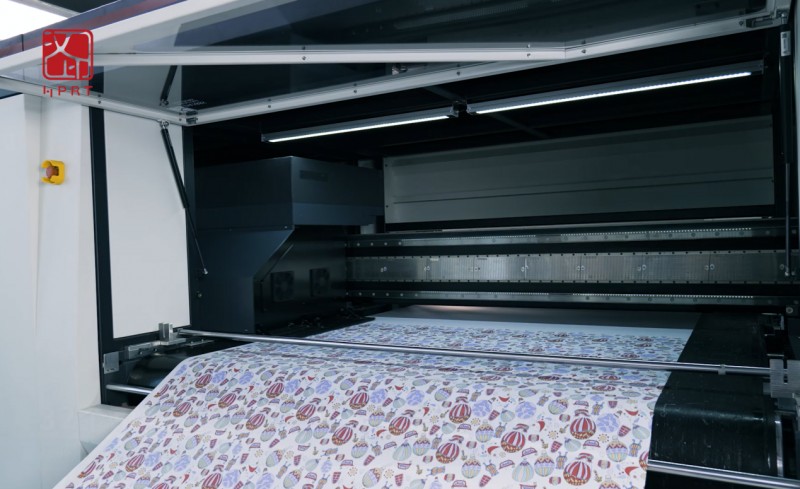
Development of Digital Fabric Printing Technology
Digital fabric printing began its journey in the early 1990s, marking a significant shift in textile printing methods. Initially, the technology primarily revolved around dye-sublimation printing, where designs were printed onto special transfer paper and then heat-transferred onto the fabric.
Over the years, this technology has undergone significant evolution. Today, it allows for printing designs directly onto various types of fabrics. The digital fabric printing process operates similarly to office paper printers but on a more complex scale, meticulously controlling various factors to ensure optimal results on fabrics.
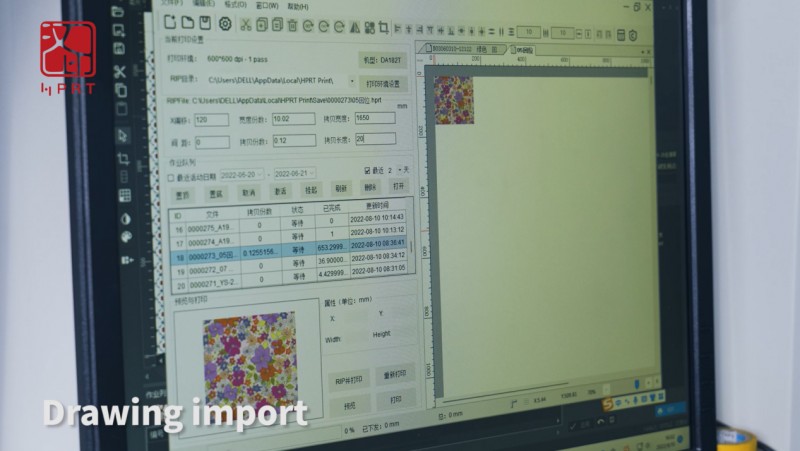
Successful digital textile printing fabric hinges on coordinating factors like file and color management, printer and RIP technology, fabric pre and post-treatment, ink/dyes, and aligning with client expectations. This technology preserves the vibrant, natural colors of original designs, breaking free from traditional printing constraints and limitations.
Types of Digital Fabric Printing
As mentioned above, digital fabric printing technology can be roughly divided into two categories, digital inkjet printing (digital printing directly onto fabric) and dye sublimation printing.
Digital Inkjet Printing
Digital inkjet printing on fabric, akin to the operation of an inkjet printer, involves propelling microscopic droplets of ink onto fabric, meticulously controlled by digital files to create intricate, vibrant designs.
According to the digital printed textile product, digital inkjet printing, can be classified into two printing techniques: direct-to-garment (DTG) printing mainly for individual apparel items and fashion clothes, and direct-to-fabric printing for extensive fabric rolls covering various textiles.
Dye Sublimation Printing
For dye sublimation printing on fabric, it’s quite different from digital inkjet printing. This method involves first printing a design onto special transfer paper using sublimation inks. The printed paper is then pressed against the fabric under high heat, causing the inks to turn into gas and infuse into the fabric fibers, resulting in a vibrant, durable, and detailed print, especially for polyester fabric.
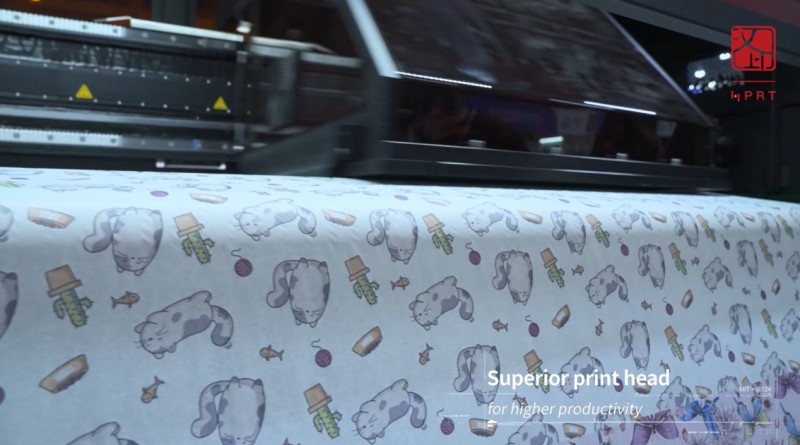
Digital Fabric Printing Process
Digital printing on fabric offers numerous benefits over traditional screen printing techniques, a fact that becomes evident when examining the printing processes.
The process of digital fabric printing has three distinct stages:
1.Pre-treatment: This initial step involves treating the fabric with specialized solutions, priming it to effectively receive and integrate the ink into its fibers.
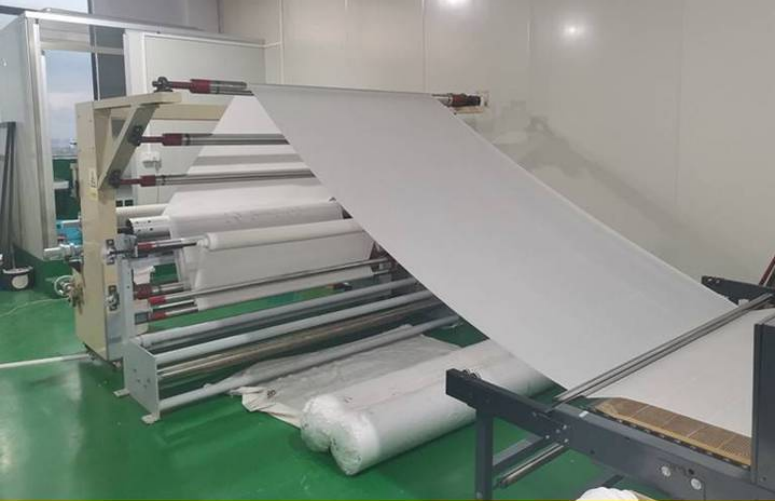
2.Digital Printing: This step is to meticulously apply minuscule ink droplets onto the fabric or other media, creating the desired design. In dye sublimation, the design is first printed on transfer paper and then heat-transferred to the fabric.
3.Post-treatment: The final stage is crucial for ensuring the design’s longevity. It involves a process of sealing the color into the fabric, which can be achieved through various methods such as steam, dry heat, pressure, or a combination of these techniques, effectively locking the design into the fibers.
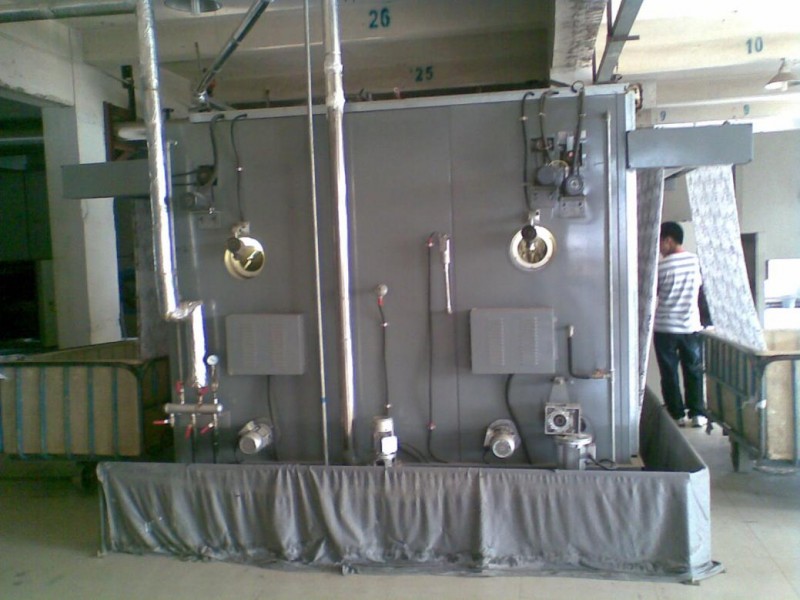
Digital fabric printing offers quick turnarounds, reduced waste, and consistent color reproduction, making it a sustainable and cost-effective choice for textile applications.
Ink is an important consumable in digital fabric printing, and the common types of inks include reactive ink, acid ink, pigment ink, disperse ink, and high-temperature disperse ink.
The choice of textile digital printing ink depends on the fabric’s composition, as different inks are tailored to specific fabric types, ensuring optimal results for each material.
Currently, digital fabric printing technology essentially covers the entire spectrum of fabric compositions, including common materials such as cotton, linen, silk, nylon, polyester, and blends. By judiciously choosing the appropriate ink and digital textile printing machines, you can attain the precise outcome you desire.
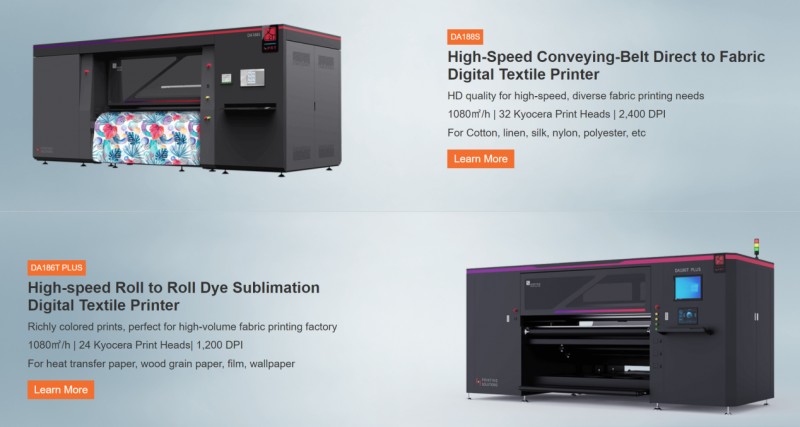
HPRT is a dedicated supplier of digital fabric printing machines, offering a diverse range of models and configurations. Below, you will discover a detailed product summary table. This table features our top-selling models, and highlights their specific application areas.
Model | DA067D High-volume Direct to Garment Digital Textile Printer | DA186T Plus Roll to Roll Dye Sublimation Digital Textile Printer | |
Digital Fabric Printing Technique | DTG(direct-to-garment) digital printing | Direct-to-fabric digital printing | Dye-sublimation textile printing |
Application areas: | |||
Garments | ○ | ||
Sportswear | ○ | ○ | |
Swimwear | ○ | ○ | |
Accessories | ○ | ○ | |
Home Textile | ○ | ○ | |
Outdoor Advertising | ○ | ○ | |
Flags | ○ | ○ | |
Now, let’s delve deeper into the advantages of digital fabric printing, particularly in comparison to traditional screen printing techniques.
Benefits of Digital Printing on Fabric
1.Economic Efficiency and Flexibility in Small Batch Production
The process of digital printing on fabric is simple, even for intricate patterns. It allows large-scale manufacturers and independent designers for short runs and on-demand printing.
Designers and fabric manufacturers can now effortlessly modify designs and print in smaller quantities, responding quickly to market trends. This flexibility, especially in small batch production, is a game-changer, aligning with the dynamic needs of the fashion and textile industries.
2.High-Resolution Prints with Vibrant Colors
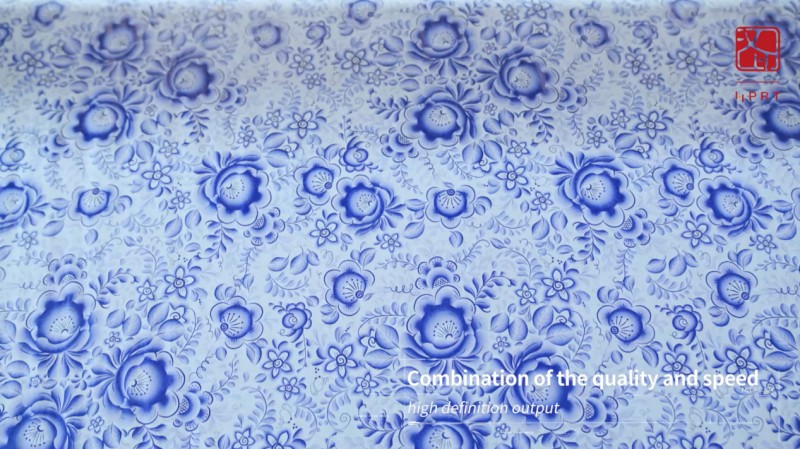
Digital printing technology enables the creation of high-resolution prints with a level of detail that traditional methods can’t match. The reason lies in the precision of digital fabric printing: it can deposit ink with exceptional accuracy, ensuring that even the finest details are captured. This results in prints with vibrant colors and sharp lines, offering a level of quality and visual appeal that is unparalleled in the industry.
3.Consistency Across Batches
Another significant advantage of digital fabric printing is its remarkable consistency. This method leverages digital files, ensuring precise replication of designs with each print. Unlike traditional methods, which may result in slight variations between batches, digital printing on fabric utilizes these digital files to guarantee uniformity across all prints.
4.Eco-friendly with Water-Based Dyes
Incorporating water-based dyes in digital fabric printing significantly enhances the quality of the prints while also underscoring a strong commitment to environmental sustainability. This approach markedly reduces the ecological footprint, aligning seamlessly with the growing global emphasis on eco-friendly manufacturing practices within the textile industry.
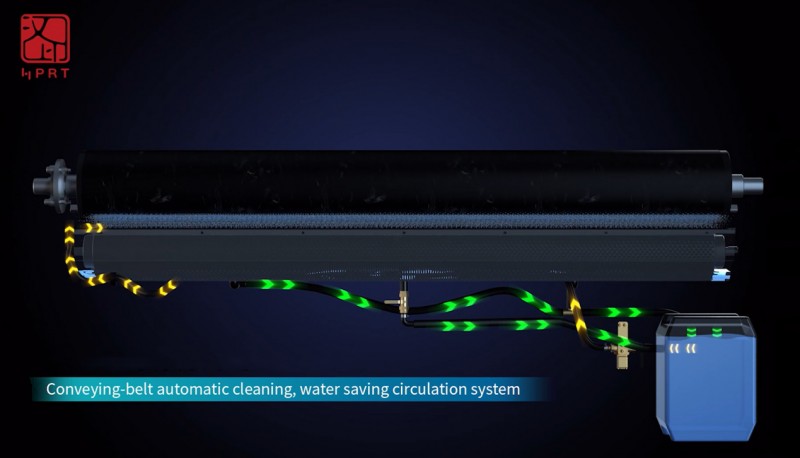
Moreover, digital inkjet printing requires significantly less water, as it eliminates the need for washing the screens and various stages of dye baths. For example, HPRT has developed a range of smart systems for fabric printers that aid users, enhancing the sustainability and efficiency of digital fabric printing, ultimately cutting down on resource use and waste.
Digital fabric printing has now become extensively utilized in various sectors, including the fashion industry, home decor, and the advertising industry. With technological advancements, digital fabric printing continues to overcome barriers. For instance, in the latter half of this year, HPRT introduced innovative products like the DA188SL Pro MAX, a direct-to-fabric textile printer with inline pretreatment, and the DA18FS Hybrid Digital Textile Printer with a flatbed screen.
These groundbreaking digital fabric printing machines have significantly accelerated the efficiency of the printing process. They also represent a harmonious integration of traditional and digital printing methods, broadening the scope of digital fabric printing.
If you are considering purchasing a digital fabric printer for your textile factory or looking to upgrade your existing digital printing equipment, feel free to contact us at any time. HPRT is committed to providing cutting-edge solutions tailored to your specific needs. Our team of experts is dedicated to helping you select the ideal digital textile printing machine that aligns with your production goals and budget.







